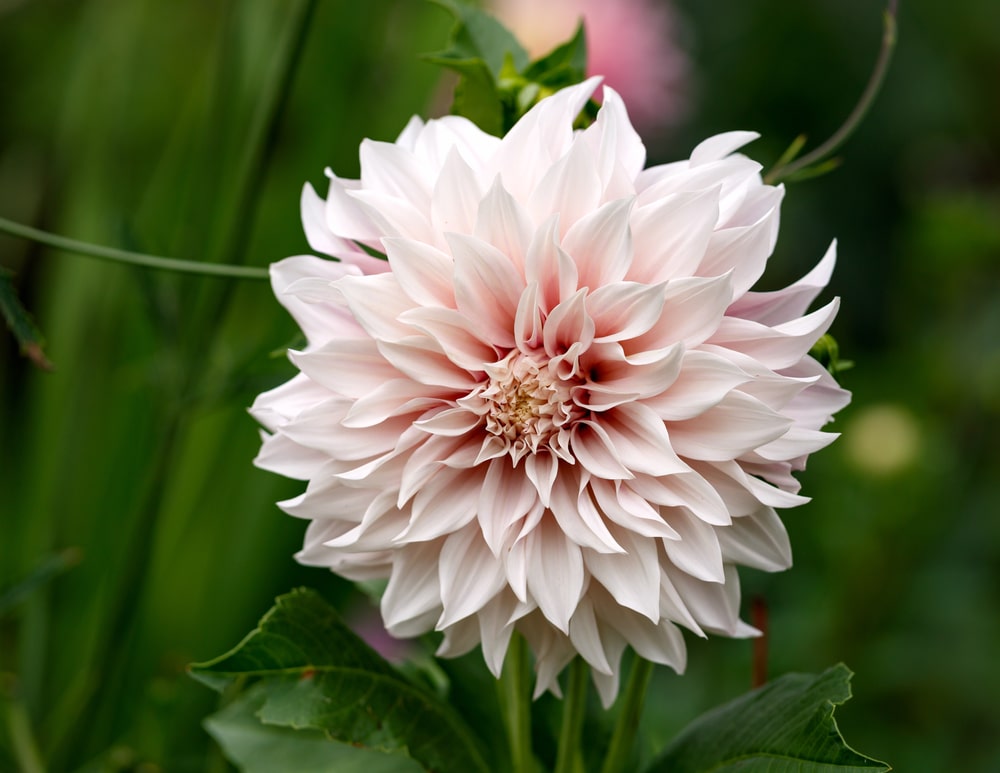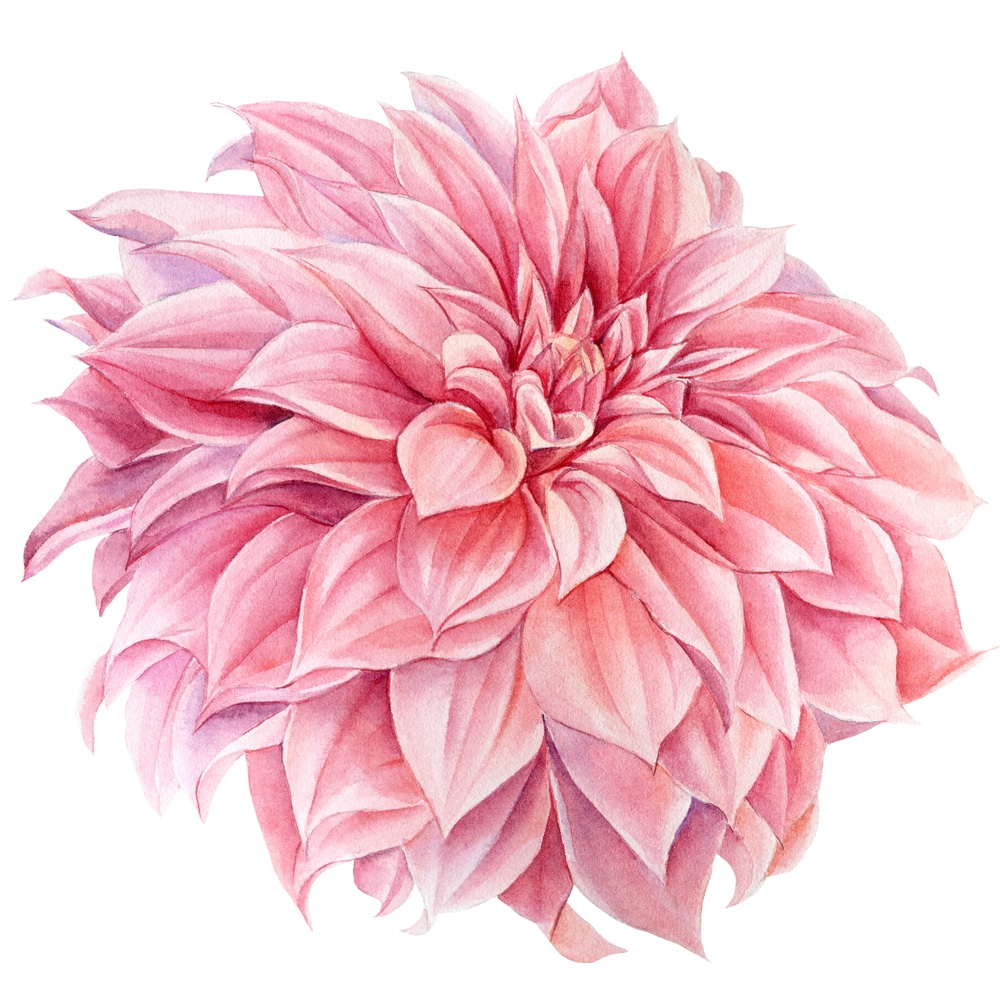The dahlia ‘southern belle’ variety is a recent addition to the dahlia family, but its water lily-like blooms have made it a popular choice for experienced growers and beginners alike. This guide will tell you everything you need to know to help your dahlia ‘southern belle’ thrive in your garden.
| Botanical Name | Asteraceae dahlia |
| Common Name | Dahlia ‘southern belle’ |
| Plant Type | Perennial |
| Flower Color | Bright pink, mixed |
| Size When Mature | 48 inches |
| Bloom Time | Summer, fall |
| Sun Requirements | Full sun |
| USDA Hardiness Zones | 8 – 11 |
| Soil PH Range | 5.0 – 7.0 |
| Soil Type | Slightly acidic, rich, well-drained |
| Water Needs | High |
| Native Area | Mexico, Central America |
What You Need To Know About Southern Belle Dahlias
A southern belle dahlia produces blooms that can be anywhere from four to five inches across. They are beautiful water lily-type flowers with wide, soft pink petals and a hint of yellow in the center.
Although the flowers look delicate, they are sturdy and hold up well to cutting. Their strong stems make them perfect for arrangements and bouquets. These flowers attract bees, butterflies, and other pollinators to your garden while repelling deer.
How To Care for Southern Belle Dahlias
Here’s everything you need to know about growing and caring for a thriving dahlia ‘southern belle.’
Light
Dahlias need full sunlight to flourish. Plant them in sunny spots with six to eight hours of direct sun.
Water and Soil Needs
Dahlia ‘southern belles’ need slightly acidic to neutral soil that is well-drained and fertile. Before planting, prepare your soil with plenty of organic material and compost.
If you’re growing them in a pot, use one that can hold at least three gallons of soil. Once sprouted, your southern belles will need to be watered regularly.
Temperature Requirements
Dahlias are not frost-hardy plants. They’ll thrive in areas where the average temperature during the growing season is 68 to 72 degrees Fahrenheit. Temperatures below 55 degrees and above 80 degrees Fahrenheit will stress the plant.
Fertilizer
Dahlias are hungry plants, so feed them regularly with a balanced liquid fertilizer.
Common Diseases
Several fungi, viruses, and insects can injure your dahlia plants. Some of the problems to watch out for include:
- Botrytis blight, caused by the Botrytis cinerea fungus
- Powdery mildew, caused by the Erysiphe fungus
- Wilt, caused by the Fusarium and Verticillium fungi
- Impatiens necrotic spot
- Foliar nematodes
- Asiatic garden beetles
- Cyclamen mites
- Plant bugs
- European corn borers
- Giant hornets
- Potato leafhoppers
- Stalk borers
Southern Belle Dahlia Propagation
The easiest way to propagate southern belle dahlias is by dividing the tubers in mid-spring. Use a clean and sharp knife, and make sure that every divided tuber has at least one eye intact.
Another way to propagate this flower is by taking cuttings from the sprouted tubers in late winter and early spring. Leave a node intact to make sure growth can continue.
After removing the lower leaves, dip the cuttings in root powder and keep them moist and out of direct sunlight until they are rooted and ready for planting.

